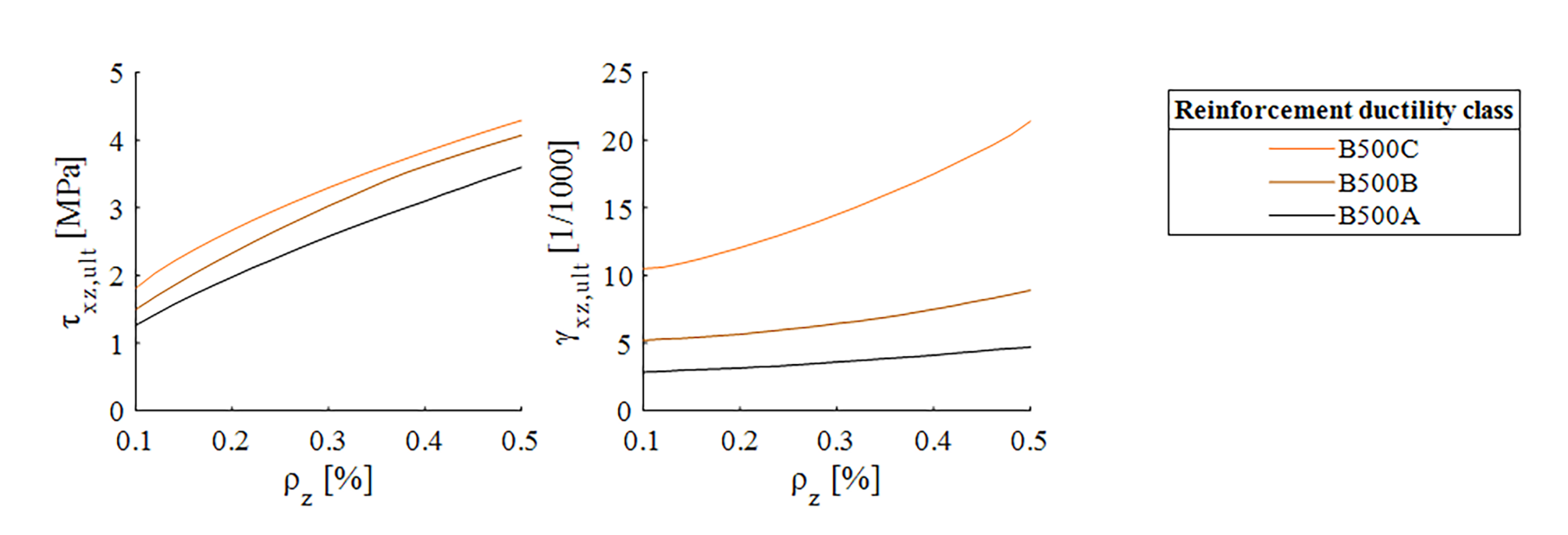Minimum Shear Reinforcement for Concrete Membrane Elements Using Different Levels of Approximation
Author: Pascal Gerecke
Language: English
Abstract
Minimum shear reinforcement for concrete membrane elements should prevent failure at shear cracking and guarantee ductile behaviour in general. Recent research has shown that provisions of minimum reinforcement for elements loaded in shear in most national and international structural design codes do not guarantee ductile behaviour in general because they are based on obsolete empirical observations. However, existing mechanical models can still not reliably predict the minimum shear reinforcement content to ensure sufficient deformation capacity for a safe application of the theory of plasticity. The Master’s Thesis aims at approximating the problem of minimum shear reinforcement using different levels of approximation.
These different levels of approximation are provisions of design codes, an equilibrium approach without plastic redistribution, limit analysis methods like the failure mechanism approach and the yield conditions for membrane elements, and the cracked membrane model with rotating cracks (CMM-R).
Several parameter studies demonstrate that the load-bearing and deformation capacity of membrane elements with little shear reinforcement depend on several factors, as shown in the figure below. Therefore, the minimum shear reinforcement should vary depending on the ductility of the reinforcement, the longitudinal reinforcement content and the reinforcing bar spacing and bar diameter, and not only on material strength parameters as in the current provision of the SIA 262.
A comparison with experiments shows that the model predictions are significantly less accurate for specimens with shear reinforcement content in the range of minimum shear reinforcement than for specimens with relatively strong reinforcements in both directions. This can be explained by several limitations of these models. One of these limitations is that the models assume stabilised cracking, but elements with low reinforcement content tend to fail in the crack formation phase. Therefore, their applicability for investigations concerning the minimum shear reinforcement is questionable.
Since the requirements of minimum shear reinforcement are rather complex and the applied models are restricted to limitations, the thesis does not aim at defining minimum shear reinforcement. Rather, the objective is to enhance the understanding of the dependencies on several factors. One of the challenges for future research is defining a minimum shear reinforcement that is complex enough to represent essential dependencies while remaining simple enough for efficient application in design.

